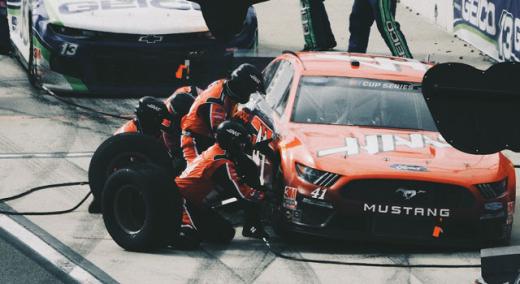Credit: Oleksandr Baiev on Unsplash
The NASCAR pit stop—it’s exciting, intense, and can mean the difference between winning and losing a race. Accomplishing the three simultaneous necessities of moving quickly, completing each job with perfection, and having a flawlessly coordinated team seems impossible, yet it happens right in front of your eyes. The feedback is immediate: Either the car gets off in less than 10 seconds, and the driver can compete for a spot on the podium, or it doesn’t, and your race is over.
|
ADVERTISEMENT |
Outside of the racetrack, could the NASCAR pit stop be the answer to exciting young people about manufacturing? Could you use lessons from NASCAR to improve your company’s teamwork?
Lesson 1: Get inspired by racing
The inspiration for this blog post comes from my recent trip to FABTECH 2022 in Atlanta. While there, I was privileged to hear from Brad Keselowski, a former NASCAR driver turned manufacturing company owner, about his journey from the driver’s seat to the CEO suite. In his presentation, Keselowski walked us through the personal journey that led him to found his company, Keselowski Advanced Manufacturing (KAM), in 2019.
…

Add new comment